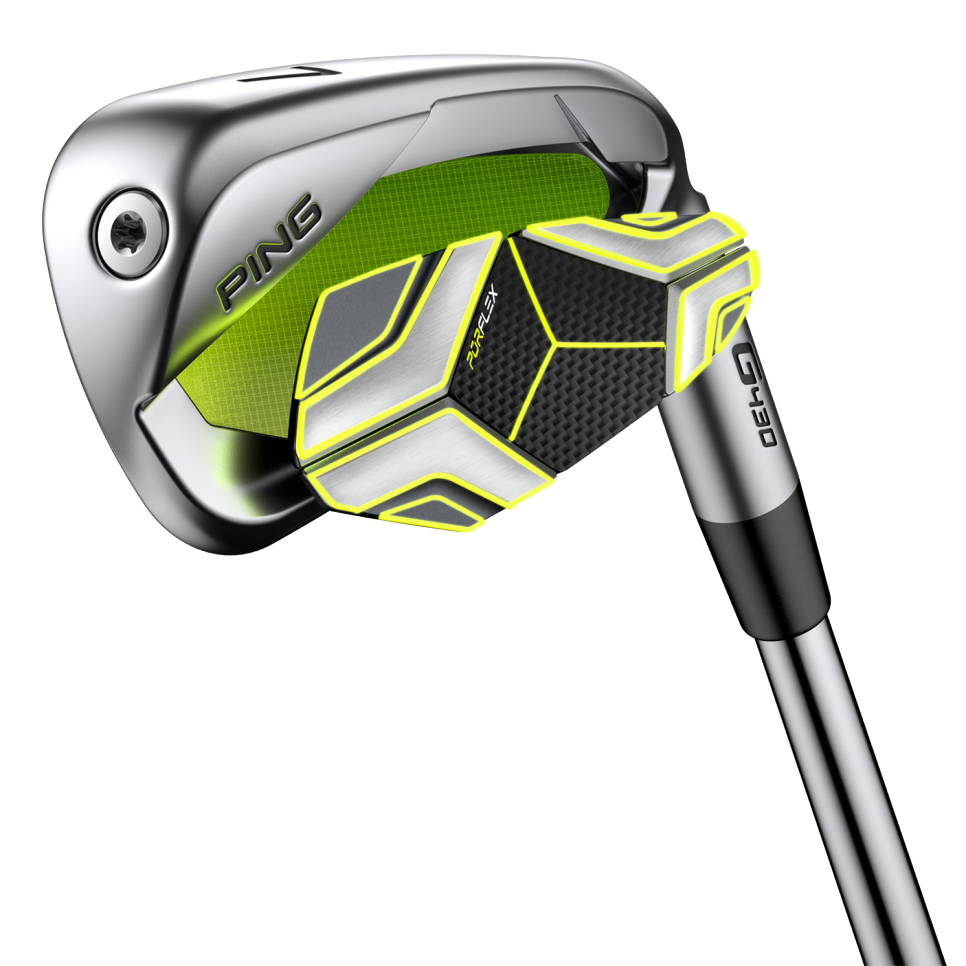WHAT YOU NEED TO KNOW: Ping’s long-awaited follow up to its G425 irons brings extra distance through a heat-treatment process that strengthens the 17-4 stainless-steel clubhead. That allowed engineers to design a thinner face with more rebound. This, combined with a lower centre of gravity, helps deliver shots that not only go further, but with the appropriate height.
PRICE: (RRP $299 per iron steel, $329 per iron graphite)
3 COOL THINGS
1. A focus on distance
Forgiveness on off-centre shots have been a calling card of Ping’s G Series irons since the debut of the G2 in the early 2000s. Those expecting that trait to continue will not be disappointed in the G430, however, the new model places a stronger emphasis on distance than previous models.
“We wanted to be distance competitive,” said Ryan Stokke, director of product design for Ping. “We’re still using 17-4 stainless steel but we’re using a different heat-treatment process that gets more strength out of the material and allows us to go thinner on the face.”
The variable-thickness face on the G430 is three percent thinner which naturally allows the face to flex more. Th thin face, however, is not the only contributor to the distance equation. The centre of gravity is lower in the G430 to more closely align with face centre. That not only provides extra pop on shots struck purely, but since the majority of iron shots (about 75 percent, according to Stokke) are hit low on the face, a lower CG helps maintain speed on those shots as well.
“CG location, face flex and loft all contribute to create distance,” said Stokke. “It’s not just one thing.”
Speaking of loft, they’re decidedly stronger—between 1 to 3.5 degrees stronger, depending on the iron. As such, the loft gapping needed to be recalibrated, resulting in the addition of a 45.5-degree wedge. For those seeking even more yards, the company continues with its offering of an even stronger-lofted PWR Spec version (as well as a higher-lofted Retro Spec).

2. The badge is not just ornamentation
Most badges that adorn the back of irons are designed to look good on the shelf as well as dampen unwanted vibrations, but this badge serves other performance purposes as well. Called “PurFlex,” this badge features seven zones that are flexible, allowing the badge to bend in an unrestricted manner on impacts across the face, meaning that it does not serve as an inhibitor to face flex.
Each of the seven regions has a backing material with a layer of tape that helps provide the proper damping to ensure a pleasing sound and feel.
3. Small details help deliver big performance
As usual, Ping pays attention to the small details. In this iron that means things such as a shorter hosel length, which not only helps lower the CG, but provides a slightly more compact, clean look at address. Approximately one degree of bounce was added throughout the set to enhance turf interaction on shots hit a little chunky while also helping mitigate ball speed loss on extreme misses. The high-density tungsten toe and shaft tip weights contribute to a higher MOI that helps produce tighter dispersion patterns while the “Hydropearl 2.0” chrome finish delivers consistent performance from wet or dry grass.



